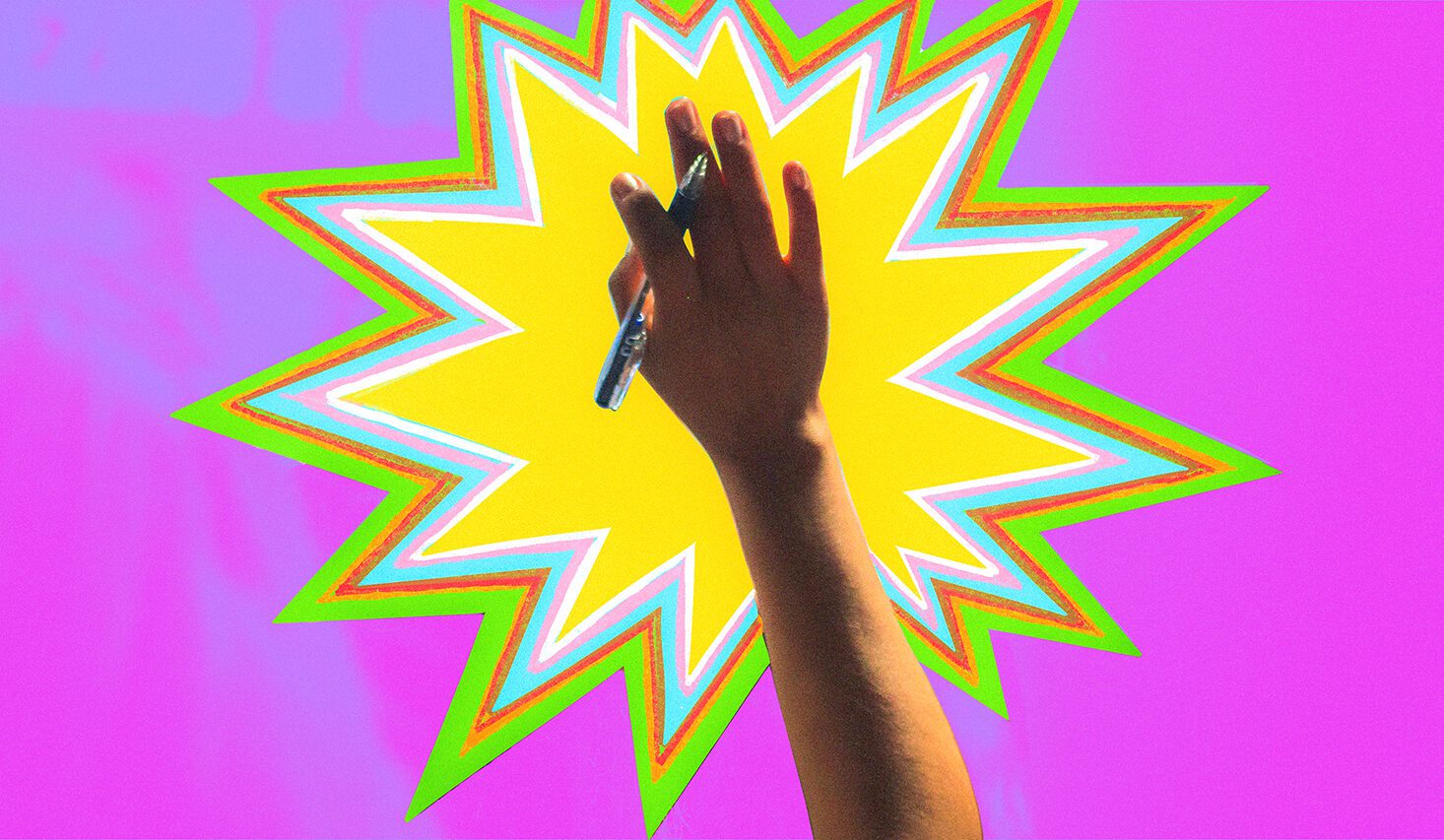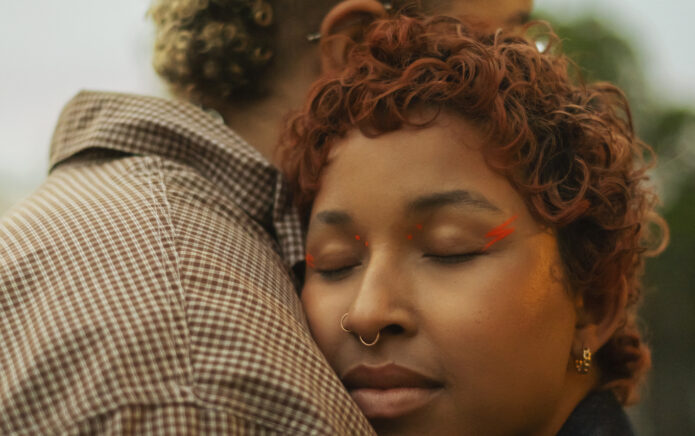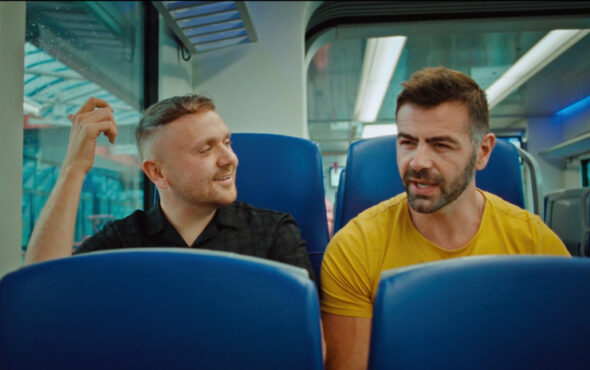
Throughout my childhood, I always felt different to the other kids. While my peers easily made friends at school, I found it hard to relate to other students, particularly the boys. Lunchtime would often mean staying in the library with a book or sitting out in the playground by myself, always an observer and never an active participant in what was going on around me. At that point, I didn’t even know why I felt different from my peers, but I knew that there was definitely something which separated us.
Although I definitely had feelings of loneliness, I was fortunate to have had teachers who always kept an eye out for me. I remember one teacher when I was in Year Two, who would always check in on me during lunchtime when she was on duty. Knowing that someone at school cared made such a difference and helped me to stay afloat.
As I transitioned into adolescence, I continued to feel different to other students, but I attempted to assimilate. This helped me develop a stronger group of friends at secondary school which allowed me to feel more connected to my peers at school. Yet, that nagging feeling of divergence persisted. It wasn’t until later that I could put a name to what had set me apart – I’m gay.
During my school years, LGBTQIA+ media representation was sparse, and it was difficult to access information about what it meant to be LGBTQIA+. However, I was fortunate to have some teachers who were supportive of LGBTQIA+ students, including one openly gay teacher and one openly lesbian teacher. Their mere existence at my school made it that little bit easier for us LGBTQIA+ students. For me, seeing older role models who were living happy lives, while also being open about their sexuality, helped relieve my anxieties about a possible future as an openly gay man.
These two teachers, in conjunction with other staff, were pivotal in working with students to champion LGBTQIA+ initiatives, from celebrating Pride to bringing about changes in our curriculum. As a result of these initiatives, more and more students were able to be open about their own sexual orientation and gender. Looking back, I feel even more appreciation for these incredible teachers who helped create an environment where I could better explore my identity and then, eventually, come to embrace it.
Today, teachers continue to be at the forefront of supporting LGBTQIA+ young people. Many of them choose to work with organisations like Just Like Us, the LGBTQIA+ young people’s charity. As a volunteer, I love being invited by teachers to speak at their schools about my personal story of growing up LGBTQIA+. It is an incredible opportunity to help make a school community more accepting, while instilling hope and courage in pupils to be their authentic selves.
Many teachers also choose to get involved with Just Like Us’ Pride Groups Programme, creating safe spaces within schools where LGBTQIA+ students can connect. This is particularly important for those who may not have a supportive network outside of school.
As we celebrate World Teachers’ Day on 5 October, it is important to recognise the extraordinary teachers who go above and beyond to cultivate an inclusive environment for all their students. From my own experience at school, to now witnessing teachers who work with Just Like Us, I’ve seen firsthand the transformative power of educators.
I am forever grateful to my teachers who made it easier for me to explore and then embrace my own sexual orientation. Without their help, my journey to acceptance would have been a lot more arduous. So to them, and to the other incredible, inclusive teachers, I’d like to say thank you.
Rich is an ambassador for Just Like Us, the LGBTQIA+ young people’s charity. Just Like Us supports teachers in running Pride Groups, safe spaces for LGBTQIA+ pupils and their allies, in schools – sign up here.



